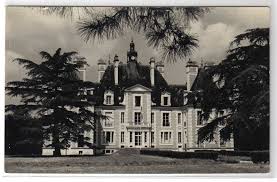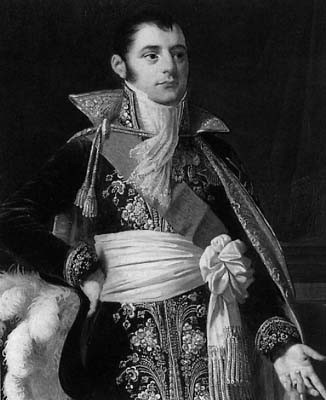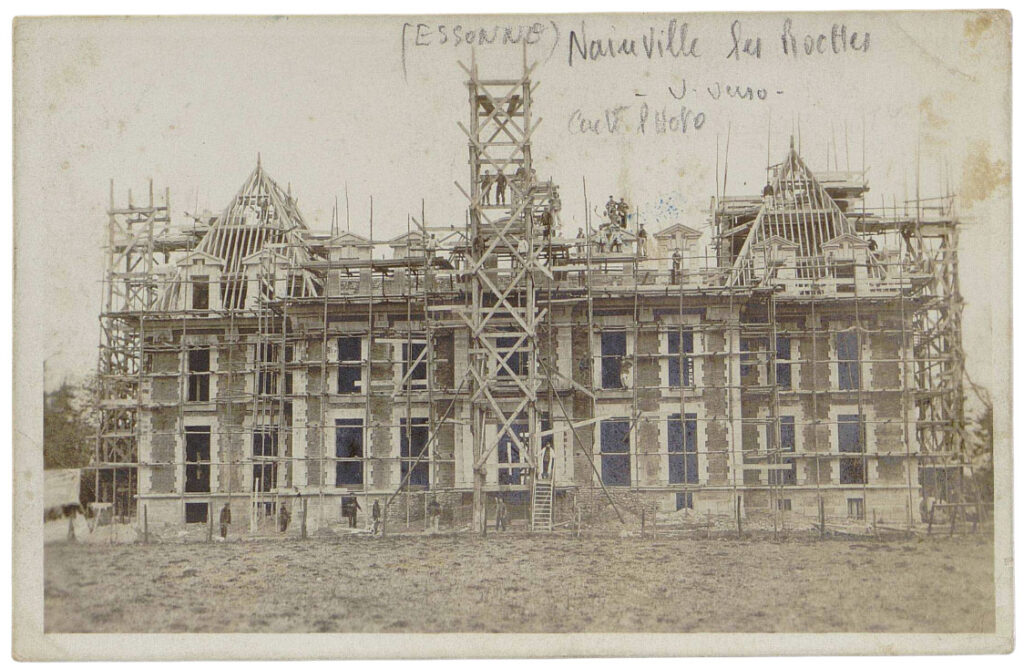

In 1922, Léon Carez chose to demolish the château, initiating extensive renovations that brought new energy to the village. Inspired by Louis XIII architecture, the new château was completed in 1924, just two years after the old building was dismantled.
Carez preserved elements from the Duke of Rovigo’s era, including woodwork bearing the Duke’s coat of arms and motto, Deus mecum nihil timeo—“God is with me; I fear nothing.”

General Savary, Duke of Rovigo, acquired the Nainville estate. A close confidant of Napoleon Bonaparte, he was serving as Minister of General Police at the time. Distinguished on several battlefields—Austerlitz, Eylau, Ostrolenka, and Friedland—he married the Countess d’Astarac around 1818, who was the daughter of Nainville’s former lord. The Duke of Rovigo soon embarked on major transformations of both the estate and the nearby village, demolishing the old chateau, building a new one, and moving village houses further east to expand the grounds.

In 1948, the chateau was sold to the Foundry of France. In 1953, it was acquired by the French government to establish the National School for Fire Officer Cadets.
